BizOps Marketing Plan: Rationale, Objectives, and Implementation
VerifiedAdded on 2023/05/29
|7
|926
|84
Report
AI Summary
This report outlines the rationale of a developed marketing plan, emphasizing its contribution to the overall business plan. It discusses how the marketing plan supports the business plan by ensuring quality goods and services, meeting operational and marketing requirements, and adapting to client needs. The report details how to decide on marketing objectives from marketing expenditure and sales revenue forecasts, using SWOT analysis to boost brand awareness, capture online customers, and create effective workplace policies. It also identifies performance metrics to measure plan outcomes, utilizing a balanced scorecard model focusing on monetary aspects, client satisfaction, internal processes, and learning and growth. Furthermore, the report addresses HR requirements in plan implementation, highlighting the importance of IHRM and HRM strategies for managing employee skills and expatriates. Finally, it outlines procedures for measuring legal and ethical risks, including creating a values-based organizational culture, developing ethical and legal guidelines, and embracing organizational citizenship responsibilities. The report references various sources to support its findings and recommendations.
1 out of 7
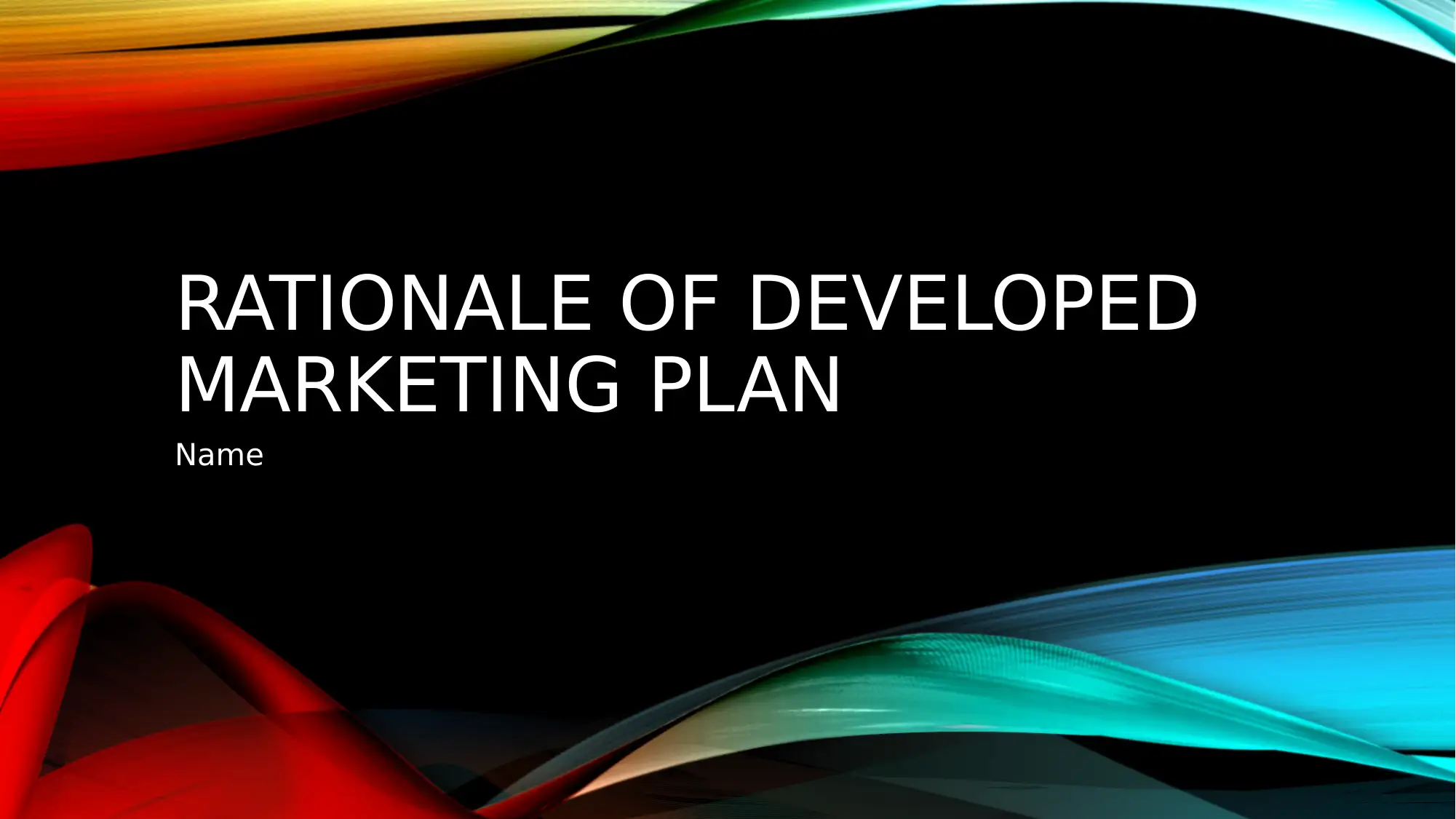
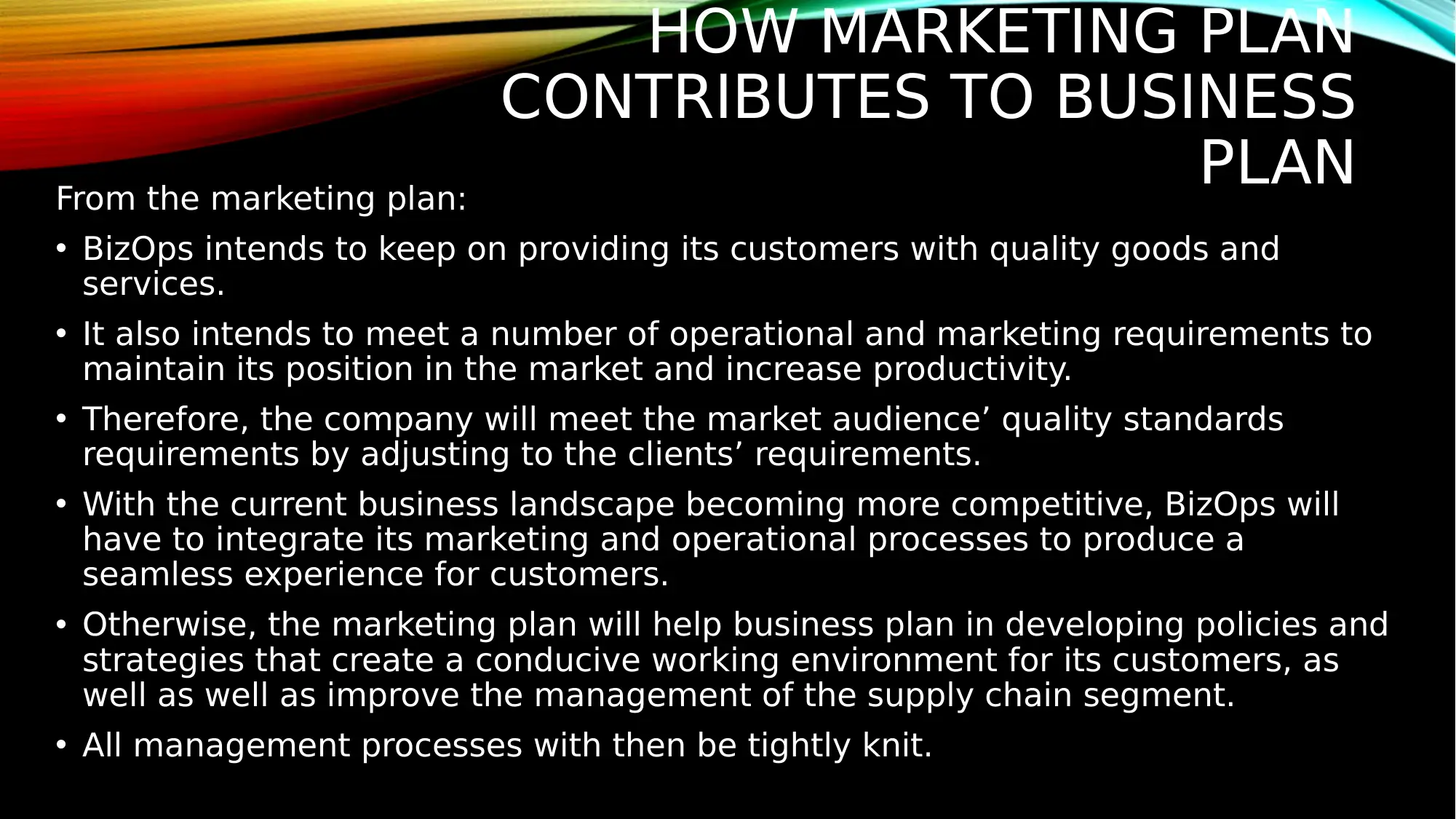
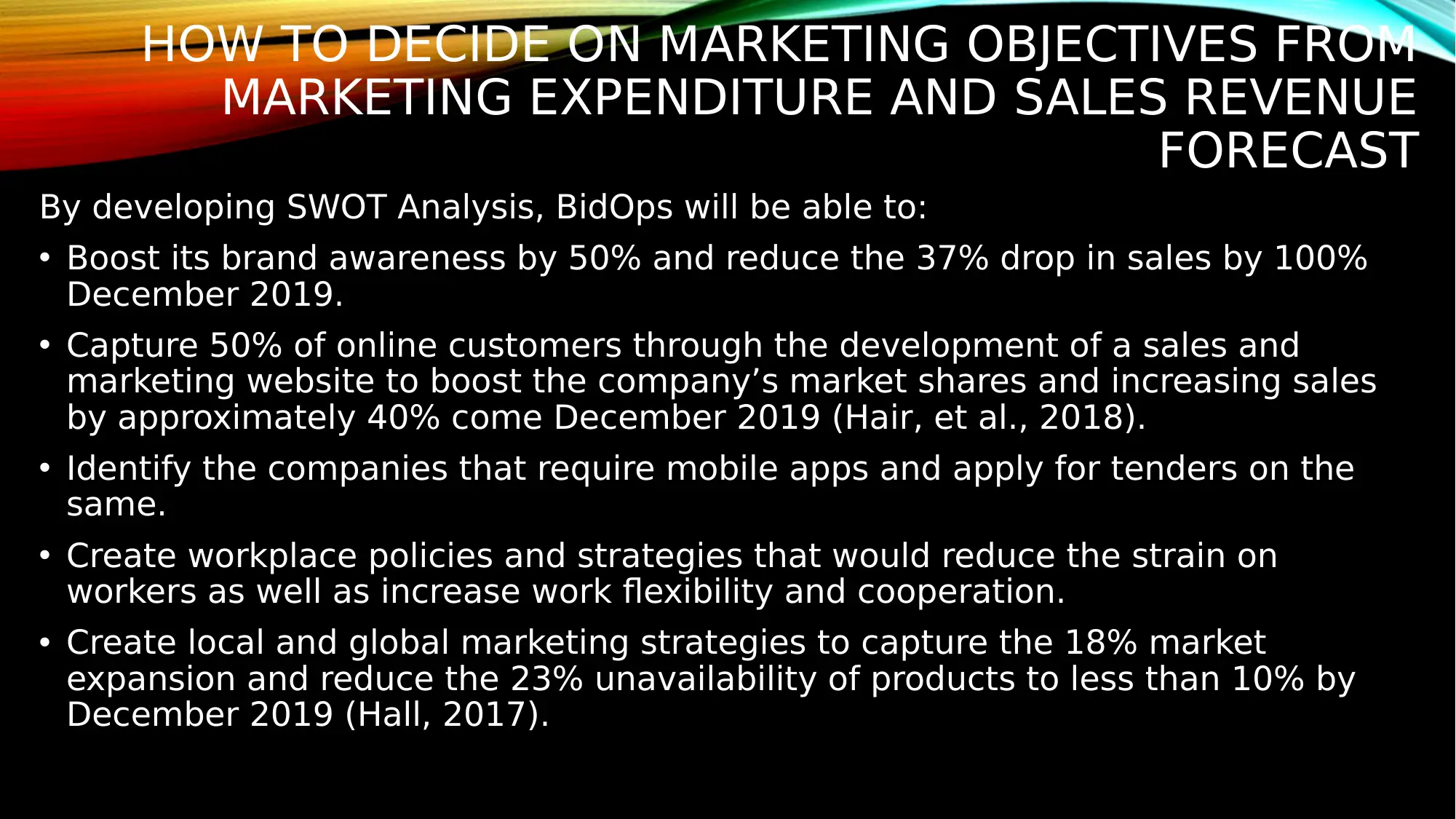

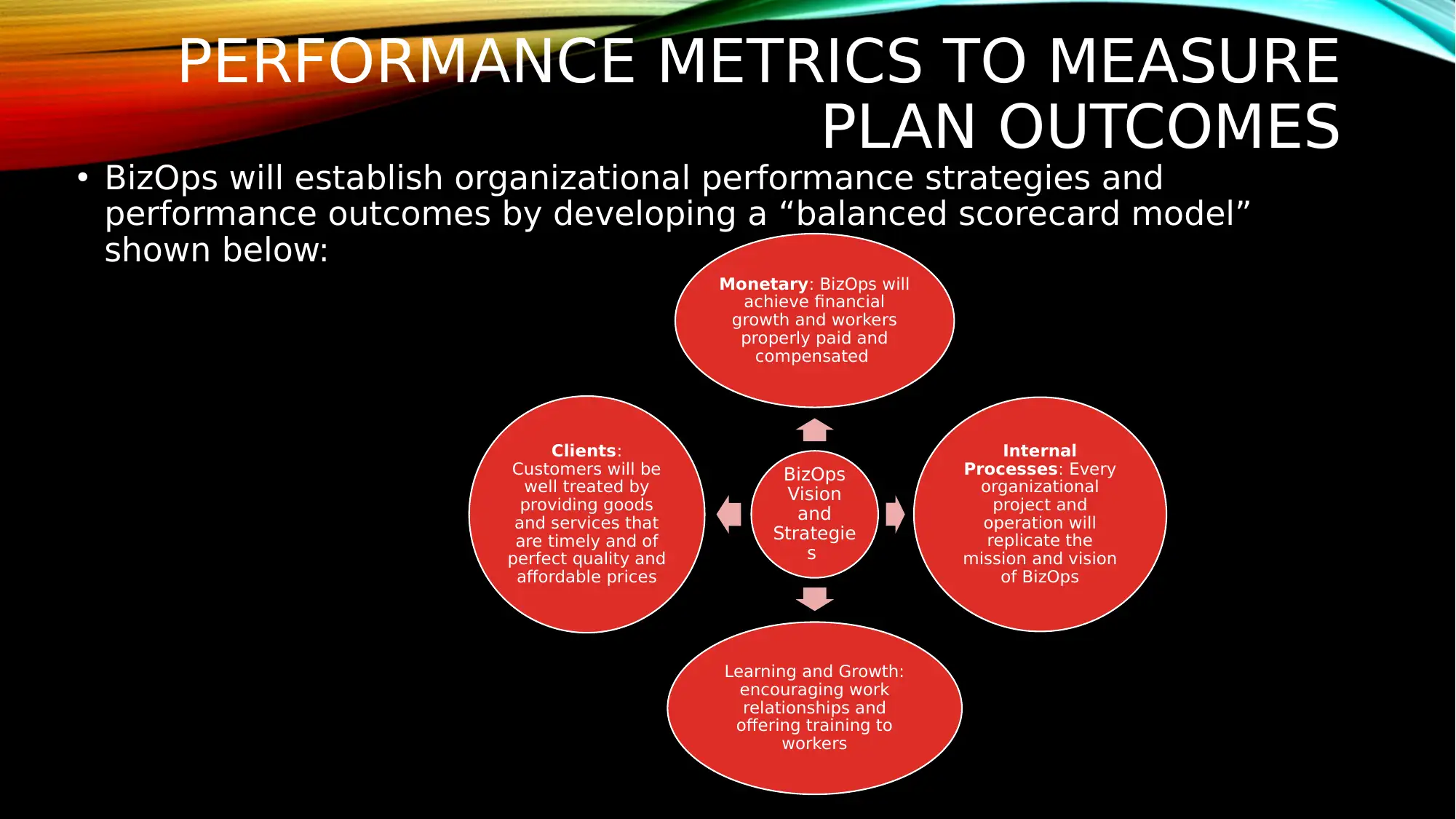
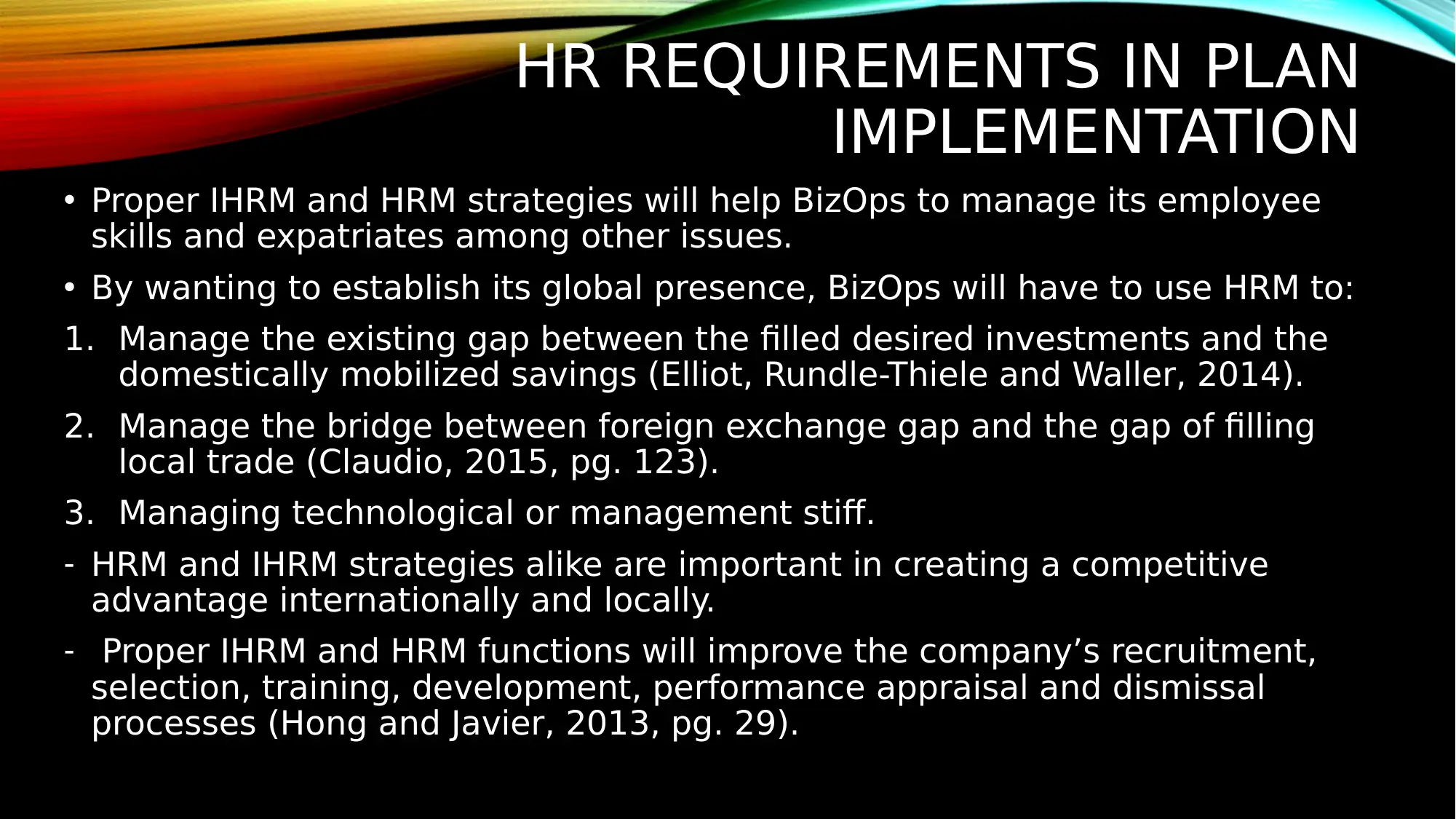
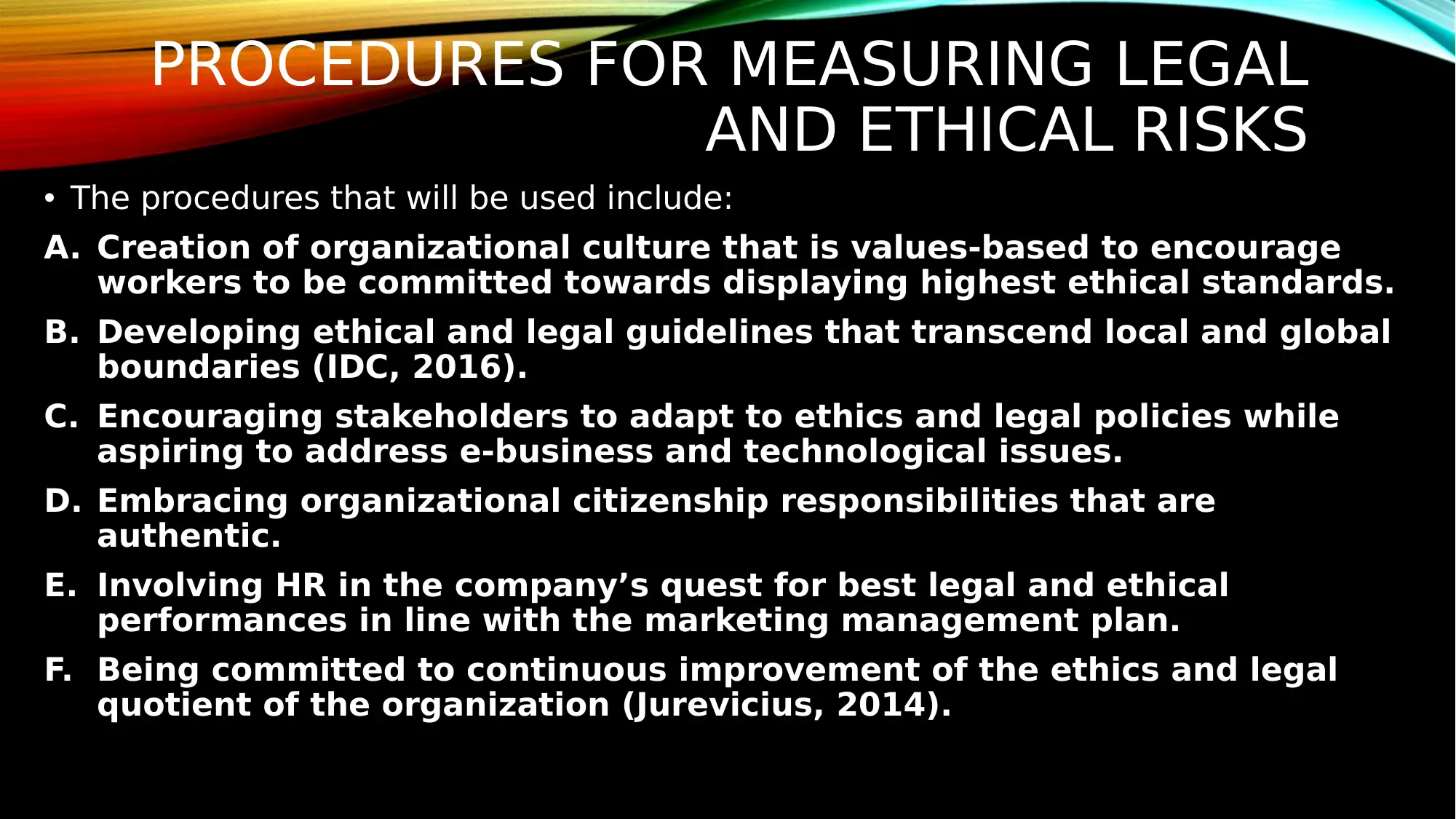
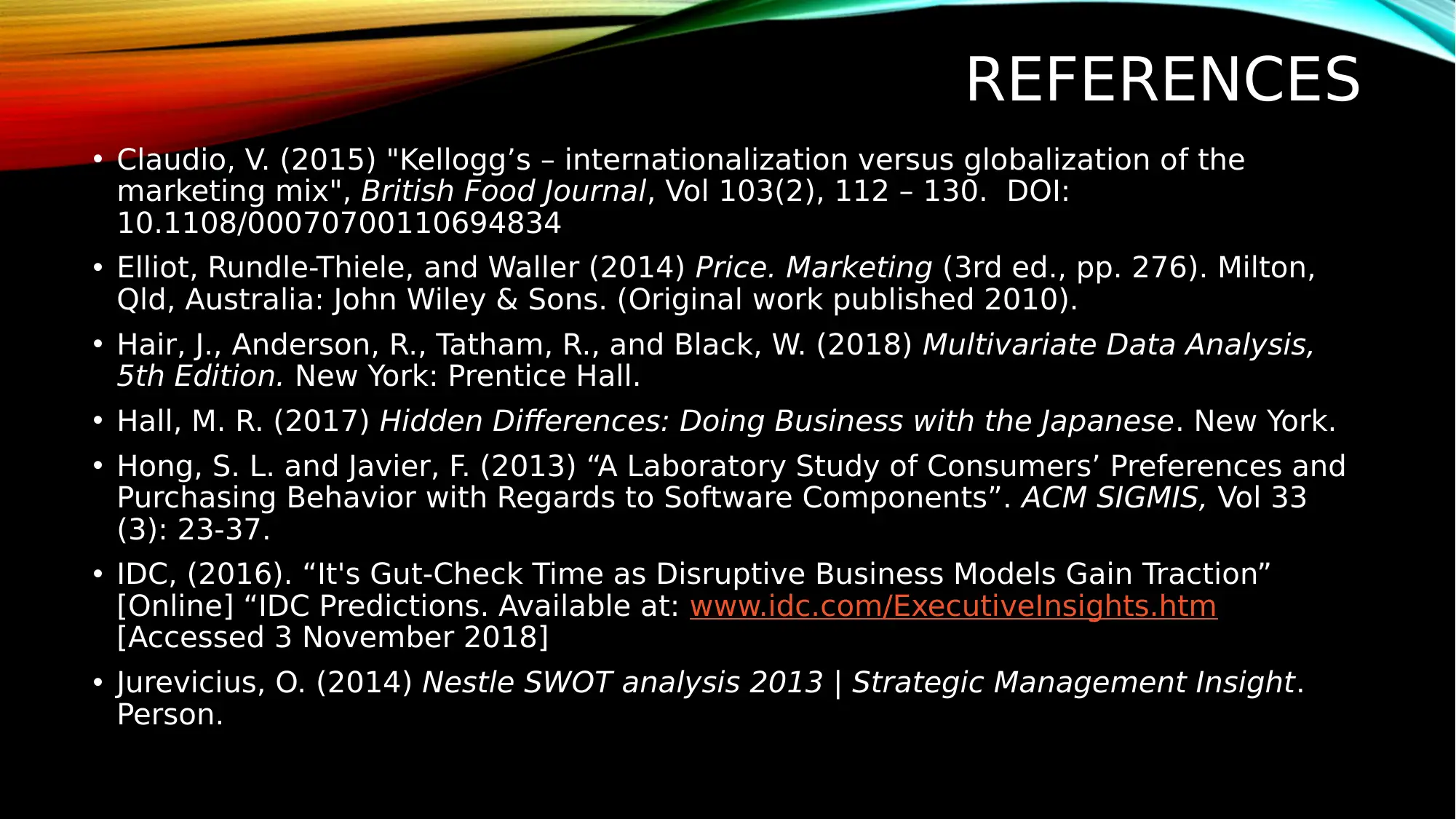




![[object Object]](/_next/static/media/star-bottom.7253800d.svg)